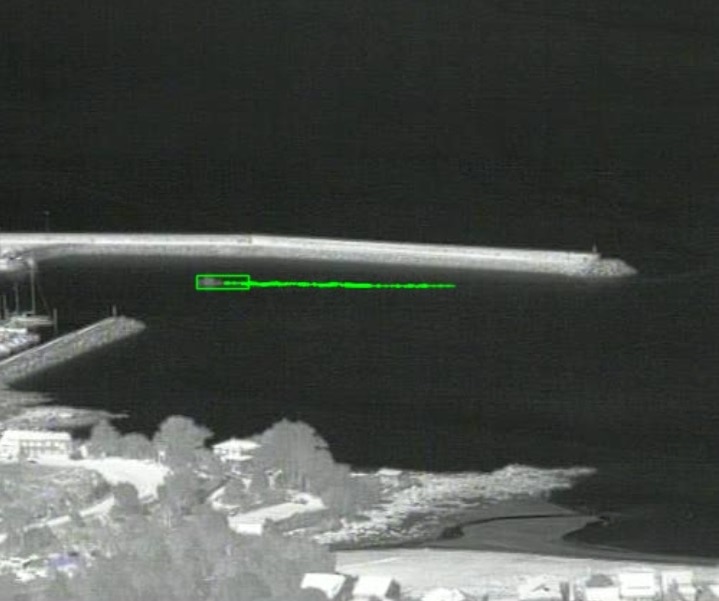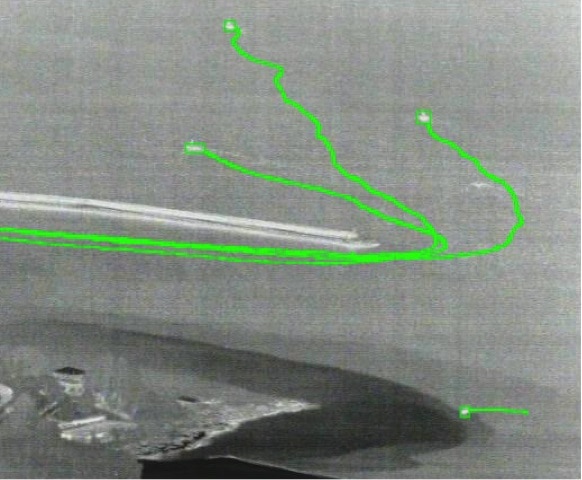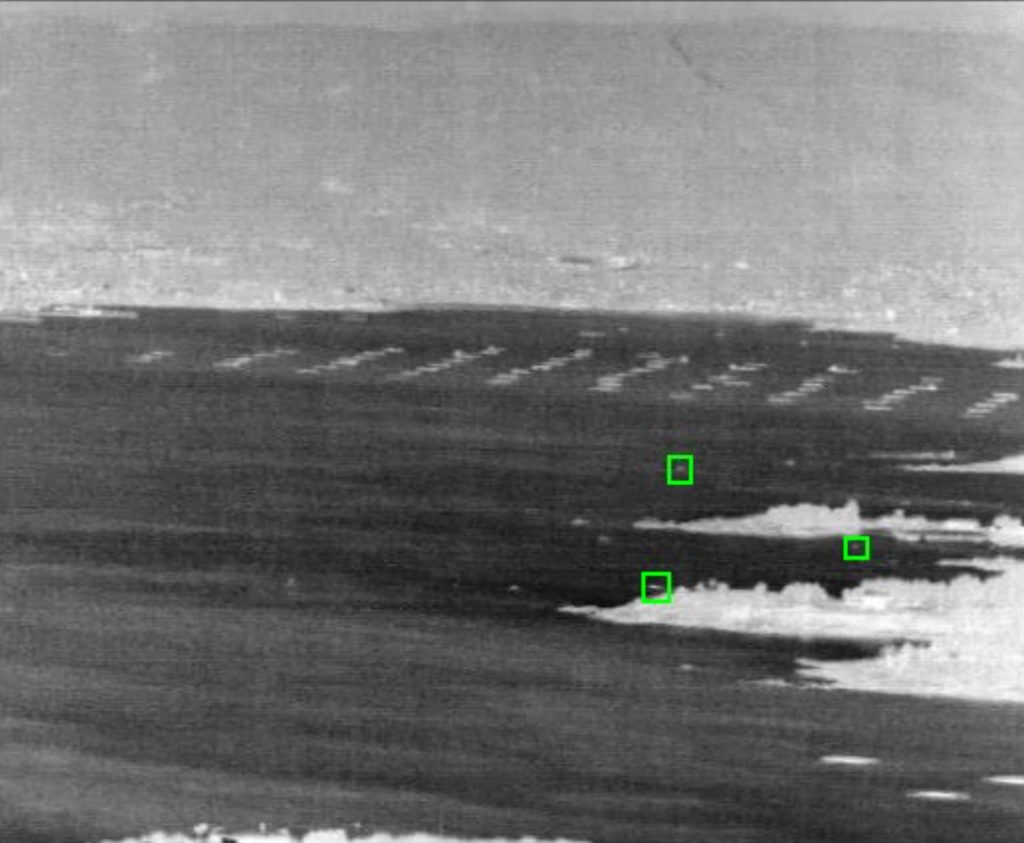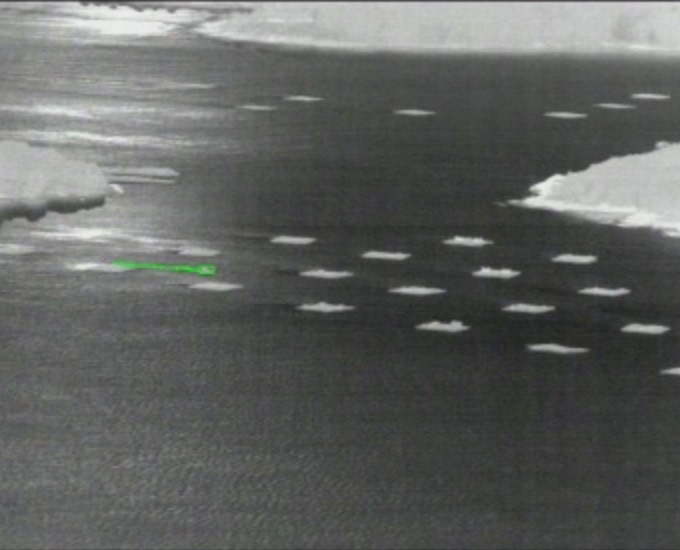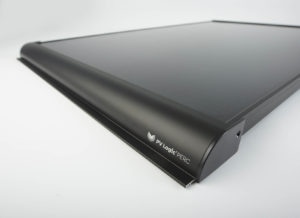Galician Coast Guard uses FLIR thermal cameras to fight illegal fishing
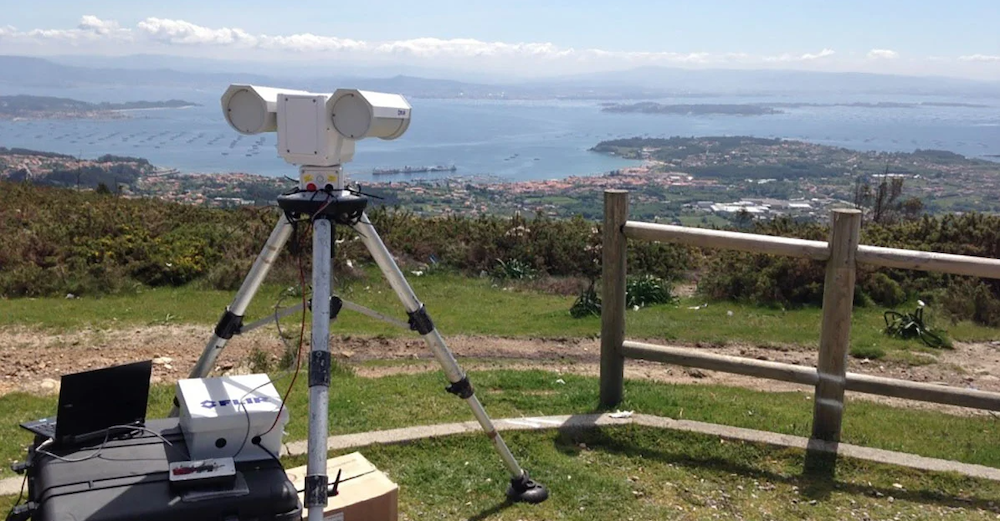
FLIR PT Series cameras have been used in a surveillance project to detect and monitor illegal fishing and poaching activities along the Spanish Galician coast. The FLIR thermal imaging cameras, combined with maritime video analytics from Gradiant, were said to be ideal for spotting illegal vessels on a 24/7 basis and at a long range.
The vastness of the Galician coastline and the multitude of fishing and farming activities call for an automated surveillance approach.
The FLIR thermal cameras provided the Galician Coast Guard with increased situational awareness and allowed them to respond much quicker to illegal fishing activities. The pilot project generated very positive results.
Fishing, shellfish harvesting, and marine aquaculture – mainly mussel farming in inshore waters – are important economic activities in Galicia (northwest of Spain). Local public authorities strictly control these activities to prevent exploitation, fish stock depletion and resulting economical losses. They are fighting a constant battle against illegal competition that affects thousands of professionals who make a living from the fishing and seafood industry.
The detection of unauthorised fishing and shellfish harvesting is of paramount importance for the Galician authorities. However, monitoring and protecting all of Galicia’s inshore and offshore fisheries, shellfish harvesting areas, and marine aquaculture farms is a challenging task.
Galicia has 1,200km of coastline. Its protection involves the surveillance of activity in 122 ports, including around 5,000 fishing boats, 400 beaches dedicated to shellfish harvesting, and 47 mussel aquaculture farms, with a total of more than 3,000 bateas (floating mussel farms). Moreover, most illegal activity takes place at night, making it extra difficult for law enforcers to detect any type of vessel.
FLIR thermal cameras allowed the Galician Coast Guard to detect illegal activities over a long range on a 24/7 basis, even at night and in adverse weather conditions.
In 2017, the Galician Coast Guard started a project to test video surveillance of the coastline based on thermal imaging cameras. The pilot included the use of FLIR’s PT Series multi-sensor camera, combined with maritime video analytics software from Gradiant (Pontevedra, Spain). The multi-sensor installation was extensively tested on two different locations along the Galician coast. One set-up was used to monitor illegal vessels on coastal waters at short/medium range, while another set-up was used for long-range monitoring.
In addition, the FLIR thermal images were enhanced by Gradiant’s intelligent video analytics software for maritime applications. This software is specifically adapted for monitoring coastal environments and allowed the coast guard to detect, track and geo-localise people and vessels, including small wooden and plastic boats. The software enabled the thermal cameras to detect objects and people despite adverse maritime conditions, such as high waves, low contrast due to low light, fog and rain, reflections on the sea surface, camera vibrations, and the presence of distractors, such as birds and vessel wakes.
The combination of a multi-sensor system with Gradiant’s maritime video analytics proved to be effective to deal with the intricate Galician coast lines and a lack of open view. In addition, this technology combination is a cost-effective alternative, making automated surveillance applications accessible for fish farm companies worldwide.

